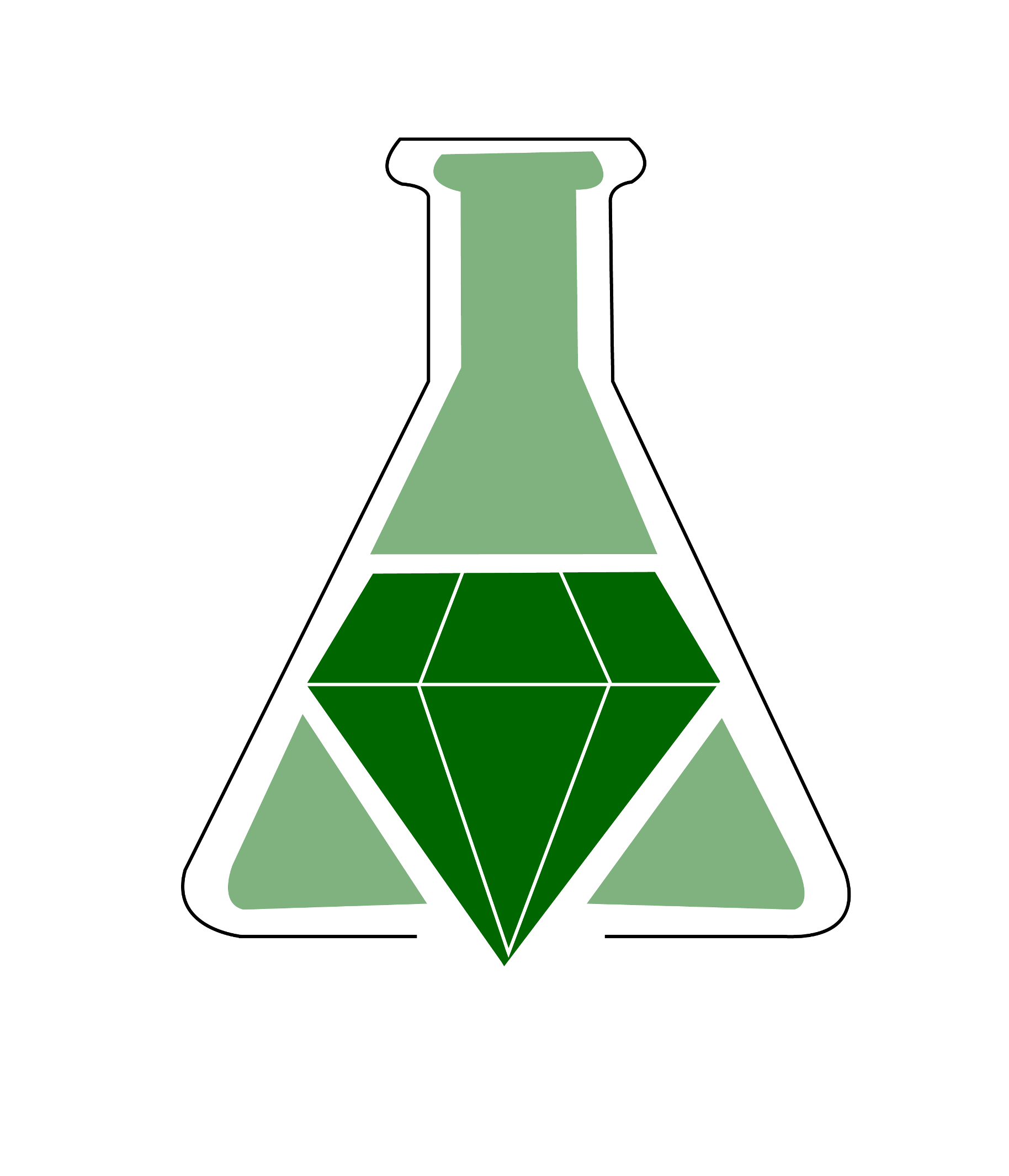Patterning Self-Assembled Monolayers on Gold. Green Materials Chemistry in the Teaching Laboratory

Summary
Applications of organic chemistry to modify the structure and surface properties of materials are becoming increasingly important and interdisciplinary as the dimensions of modern materials decrease. This laboratory exercise illustrates how macroscopic material properties can be modified with self-assembled monolayers and organic thin-film patterning. Using an inexpensive gold on vinyl substrate, students investigate the wettability of surfaces prepared using functionalized alkanethiol monolayers with either hydrophobic or hydrophilic terminating groups. The functionalized alkanethiols are used with microcontact printing techniques to pattern a surface that can be visualized in the presence of water vapor. The self-assembly of alkanethiol monolayers is ideally suited to introduce waste reduction, dematerialization, and improved energy efficiency as green chemistry principles. In addition, self-assembly produces less solvent waste compared to spin-coating techniques commonly used to prepare surface
films.
Supplemental materials are provided on the J. Chem. Educ. website and
include detailed introductory and background information, instructions for students, and notes for the instructors.
Summary prepared for the original GEMs database May 2005 by Julie A. Haack, Department of Chemistry at the University of Oregon.
Patterning Self-Assembled Monolayers on Gold. Green Materials Chemistry in the Teaching Laboratory
Lallie C. McKenzie, Lauren M. Huffman, Kathryn E. Parent, James E. Hutchison, and John E. Thompson
Journal of Chemical Education 2004 81 (4), 545
DOI: 10.1021/ed081p545
films.
Supplemental materials are provided on the J. Chem. Educ. website and
include detailed introductory and background information, instructions for students, and notes for the instructors.
Summary prepared for the original GEMs database May 2005 by Julie A. Haack, Department of Chemistry at the University of Oregon.
Patterning Self-Assembled Monolayers on Gold. Green Materials Chemistry in the Teaching Laboratory
Lallie C. McKenzie, Lauren M. Huffman, Kathryn E. Parent, James E. Hutchison, and John E. Thompson
Journal of Chemical Education 2004 81 (4), 545
DOI: 10.1021/ed081p545
Safety Precautions, Hazards, and Risk Assessment
See published journal article.
Link to external
